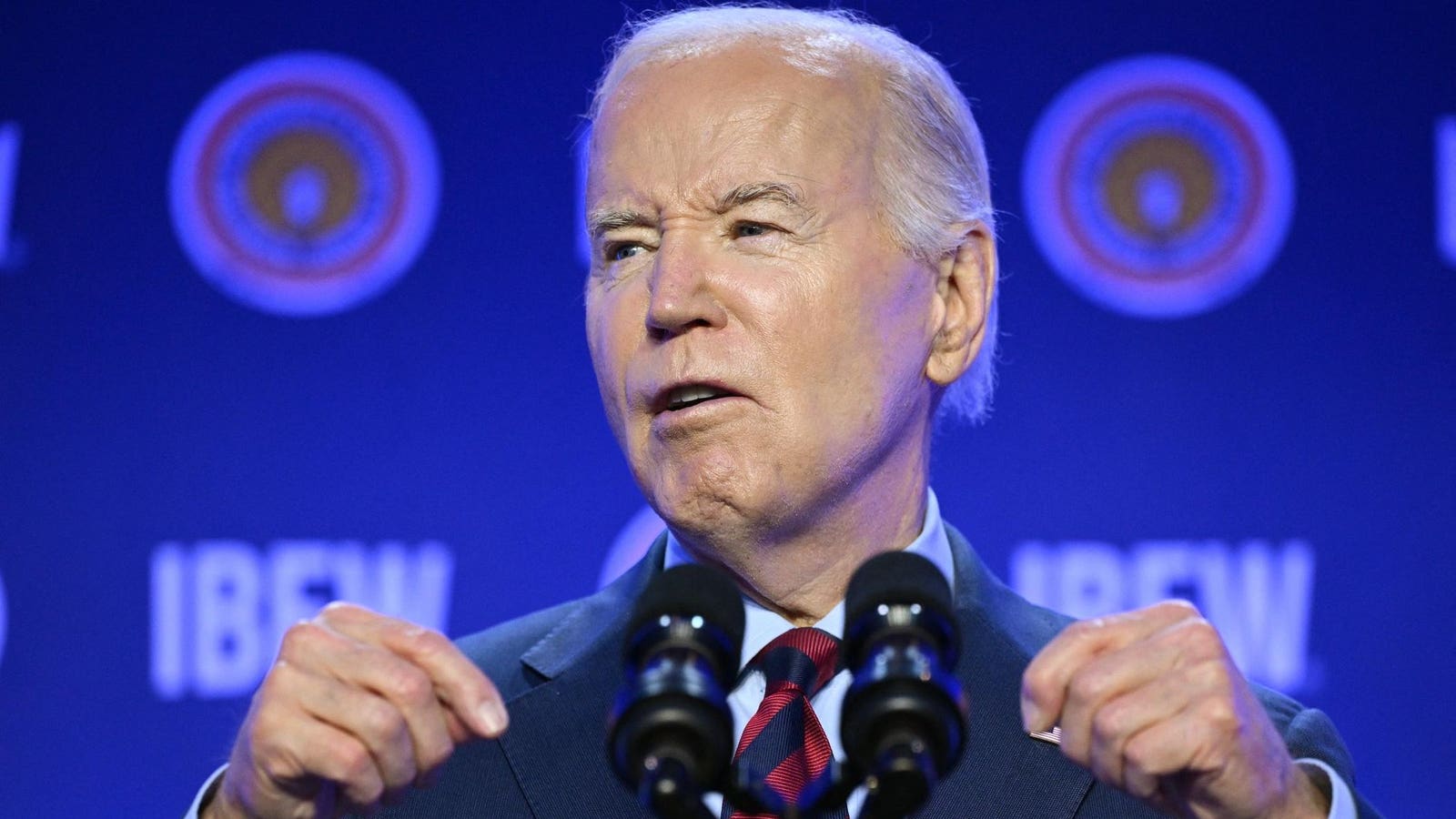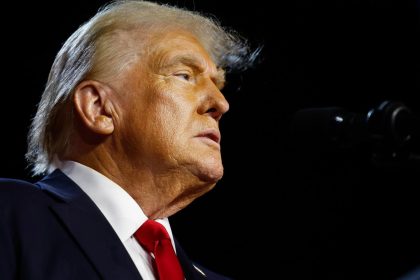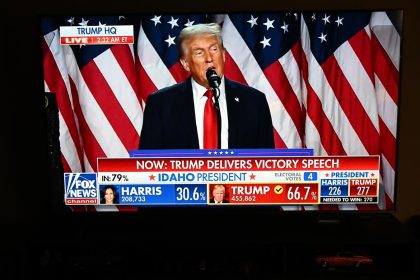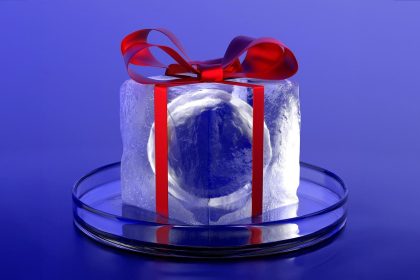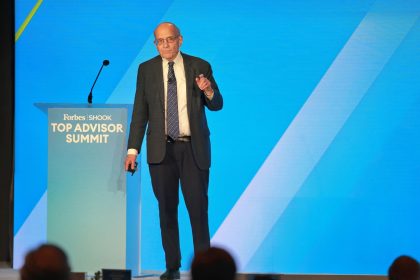Nearly a million borrowers have received student loan forgiveness under a temporary Biden administration program. And more borrowers may be able to get relief under the initiative in the coming months. But the benefits are about to wind down.
President Joe Biden first announced the IDR Account Adjustment in 2022, and the Education Department began implementation last summer. The one-time program is intended to address historical problems with income-driven repayment plans, which allow borrowers to make payments on their student loans based on their income, with the possibility of complete loan forgiveness after 20 or 25 years. By counting past loan periods toward a borrower’s IDR loan forgiveness term, the administration has been trying to rectify longstanding issues with these plans that had delayed or blocked relief.
“This adjustment is intended to more accurately reflect borrowers’ payment counts,” says Education Department guidance on the program. “In the past, there were a variety of reasons why some months may not have been credited toward loan forgiveness—for example, months when you were in a payment plan that wasn’t eligible. With this payment count adjustment, we will change whether certain payments or months are credited toward your loan forgiveness.”
Depending on their situation and loan status, borrowers could get complete student loan forgiveness, or they can shorten their remaining time in repayment. So far, at least 996,000 borrowers have received more than $49 billion in student loan forgiveness under the initiative, according to updated data the department released last week. Even more people have been approved through the Public Service Loan Forgiveness component of the program.
As the IDR Account Adjustment winds down, here’s what borrowers need to know.
Some Borrowers Must Take Action This Month To Qualify For Student Loan Forgiveness Under Adjustment
The account adjustment is being applied automatically for borrowers who have government-held federal student loans. This includes Direct student loans (including Parent PLUS loans), as well as some FFEL-program loans that are administered by the Department of Education.
But borrowers who have commercial FFEL loans, HEAL loans, and Perkins loans would need to consolidate those loans through the Direct consolidation program in order to receive the benefits of the IDR Account Adjustment. In addition, borrowers pursuing PSLF who don’t have Direct federal student loans also would need to consolidate. And time is running out — the Direct consolidation application deadline for the account adjustment is April 30th.
Automatic Student Loan Forgiveness Will Continue To Get Approved For The Next Few Months
Borrowers who get enough IDR credit from the account adjustment to reach (or exceed) their 20- or 25-year student loan forgiveness milestone are getting their student loans forgiven on a rolling basis. These borrowers “will automatically receive loan forgiveness,” says Education Department guidance.
The department is implementing these automatic discharges every two months for borrowers pursuing IDR. “We have begun to review loans that have been in repayment long enough to qualify for IDR forgiveness (borrowers who have been in repayment for 20 or 25 years),” says the department. “We will then reevaluate your account every other month to determine if additional borrowers will qualify for forgiveness.”
The department will notify you if you qualify for student loan forgiveness as a result of the account adjustment. “If this review results in you being eligible for IDR forgiveness, we will contact you and give you the chance to opt out of receiving the forgiveness.”
Borrowers Pursuing PSLF Must Certify Employment To Get Student Loan Forgiveness
The IDR Account Adjustment can also benefit those pursuing student loan forgiveness through the PSLF program.
Borrowers seeking relief under PSLF must take the additional step of submitting a PSLF Employment Certification form in order to get credited with qualifying payments. “If you believe you might benefit, use the PSLF Help Tool to certify periods of employment and track your progress toward forgiveness,” says the department. But because of an upcoming PSLF processing suspension that begins on May 1st, borrowers should certify their employment for PSLF by April 30th. Be prepared for long delays in getting employment approved, even after the processing pause ends in July.
For borrowers who have already had their PSLF forms and employment approved, the Education Department “will review borrowers with at least one approved PSLF form to update the months that could qualify for PSLF only. These borrowers will see their PSLF payment counts update each month until we make the final adjustment to their IDR counts.”
Student Loan Forgiveness Tracker Could Arrive This July, But May Get Delayed
Those who don’t get enough IDR credit to qualify for immediate student loan forgiveness can still benefit from the account adjustment because it would shorten their remaining time in repayment.
“More than 3.6 million William D. Ford Federal Direct Loan (Direct Loan) Program borrowers will receive at least three years of credit toward loan forgiveness,” estimates the department. As a result, borrowers will be “closer to the end of your repayment period and closer to forgiveness,” even if they don’t qualify for a discharge immediately.
The Biden administration expects to complete the account adjustment in July. At that time, the Education Department should provide information to borrowers via their StudentAid.gov accounts about how much IDR credit they have (and how much time they have remaining until they qualify for student loan forgiveness). However, it is possible that this information may not be available to borrowers until later in the year.
Those who are short of the threshold for immediate cancellation under either IDR or PSLF would need to continue repaying their loans under an IDR plan in order to keep progressing toward their student loan forgiveness end-point.
Borrowers In Default Have Additional Time To Qualify For Student Loan Forgiveness Under Account Adjustment
Those who are in default on their federal student loans can also benefit from the IDR Account Adjustment and potentially qualify for loan forgiveness. But to do so, borrowers must get out of default through either Direct loan consolidation, rehabilitation, or Fresh Start, which is another temporary Biden administration program that allows people to return their student loans to good standing.
“Borrowers with loans in default can benefit by getting out of default—including through the Fresh Start initiative,” says the department. “Borrowers who exit default prior to the end of the Fresh Start period” — which is in September 30, 2024 — “will receive the full benefit of the payment count adjustment and receive credit for periods in default from March 2020 through the month they exit default.”
Once the Fresh Start period ends this fall, defaulted borrowers will have fewer options. “After the Fresh Start period, only borrowers who rehabilitate to leave default will benefit from the adjustment, but they will not receive credit for periods in default” after March 2020. And after Fresh Start ends, the Education Department can resume collections efforts against defaulted borrowers, including tax refund seizures and administrative wage garnishment.
Read the full article here


